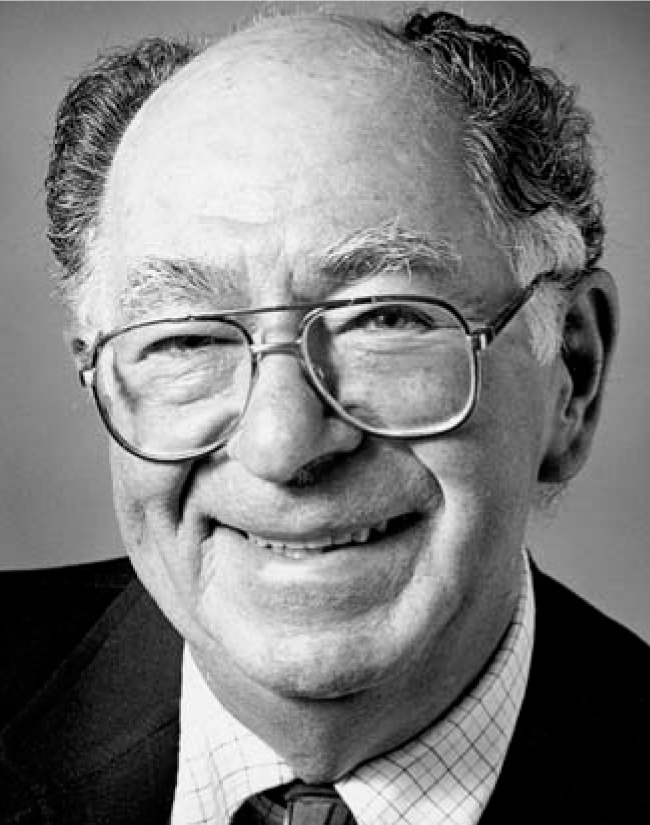Lawrence Talbot
DOI: 10.1063/1.2138440
Lawrence Talbot, a fluid dynamicist with extraordinarily broad interests, died of heart failure at his home in Berkeley, California, on 17 March 2005.
Larry was born in New York City on 30 December 1925. After schooling at Brooklyn Technical High School and a year of engineering at the University of Alabama in Tuscaloosa, he completed undergraduate and graduate study in the department of mechanical engineering of the University of Michigan, Ann Arbor. He did his PhD work in the engineering mechanics division and received his degree in 1951.
In 1951 Larry joined the faculty of mechanical engineering in the division of aeronautical sciences at the University of California, Berkeley. He retired in 1991, after 40 years with the department. Being retired, but not tired of research, he maintained his connection with colleagues at the Lawrence Berkeley National Laboratory for the rest of his life.
Larry was a prime example of the researcher for whom the American Physical Society’s division of fluid dynamics was a godsend. His wide interests encompassed supersonic and hypersonic rarefied gas dynamics, nonequilibrium effects in flows of ionized and polyatomic gases, blood flow in the human heart and the aortic arch, and turbulent combustion. That diversity of interests was a natural and almost predictable outcome of his graduate study at Michigan, where he was strongly influenced by such intellectual giants as George Uhlenbeck, C. C. Lin, and Sidney Goldstein.
Becoming a pioneering experimentalist in many fields, Larry was necessarily concerned with methods of measuring flow properties in situations in which neither the flow nor the instrument response to it was well known in advance. Thus, he was involved in the early use of many important methods, including free-molecular probes for measuring various characteristics of rarefied and ionized gas flows, optical spectroscopy to measure rotational temperatures in rarefied nitrogen that was fluorescing after excitation by an electron beam, the hydrogen bubble technique of measuring liquid velocities, and the mass transfer technique for determining the magnitude of wall shear stresses in geometrically complex flows.
A gregarious person who worked easily with others, Larry participated willingly in the organizational work of societies such as APS. He was an associate editor of Physics of Fluids from 1982 to 1984 and chaired the executive committee of the fluid dynamics division in 1986. He was elected a fellow of APS, the American Society of Mechanical Engineers, the American Association for the Advancement of Science, and the American Institute of Aeronautics and Astronautics. He traveled abroad extensively, enjoyed two sabbatical years at Oxford University, and attended international conferences in France, Japan, and Poland.
Larry was a conscientious faculty member. Especially notable were his 25 years of devotion to Berkeley’s engineering library, his effective enthusiasm in launching the university’s bioengineering program, his classroom teaching, and his guiding of graduate students into fruitful research careers.
Away from the laboratory, Larry was an enthusiastic golfer, skier, mountaineer, bridge player, and operagoer. For a little guy, he could hit a golf ball astonishingly far—though occasionally far astray! In the mountains, he was a fearless companion; he climbed the Matterhorn in 1962 and lovingly explored the Sierras of California. I once saw him do a complete forward flip with his backpack on, having caught his toe on a manzanita root during an overly enthusiastic dash down a steep Sierra slope.
Larry made friends easily, and he nourished his friendships richly. He was noted around the department for his ready smile and for his encouragement of those who were newly on board and feeling a bit lost. He is greatly missed.

UC BERKELEY

More about the Authors
Frederick S. Sherman. University of California, Berkeley, US .




